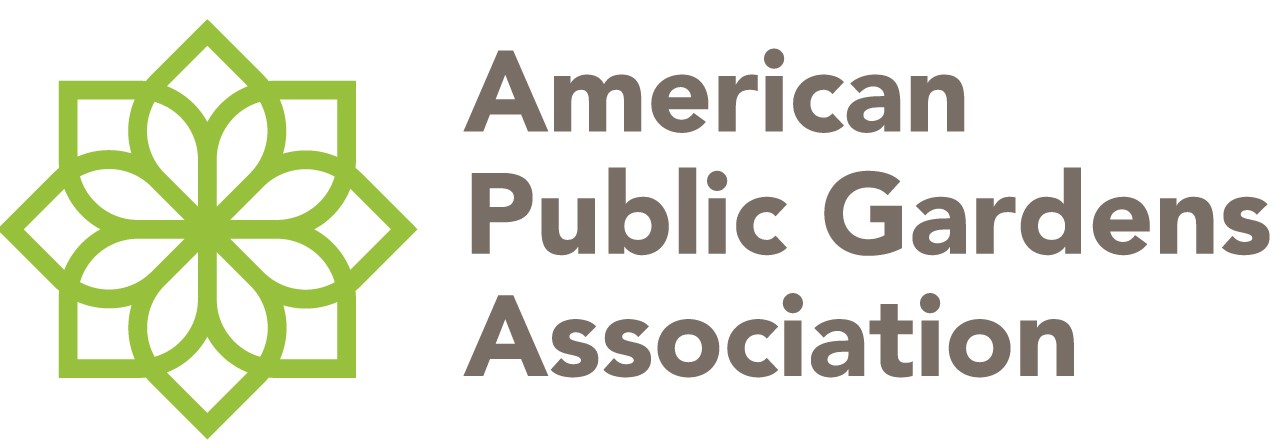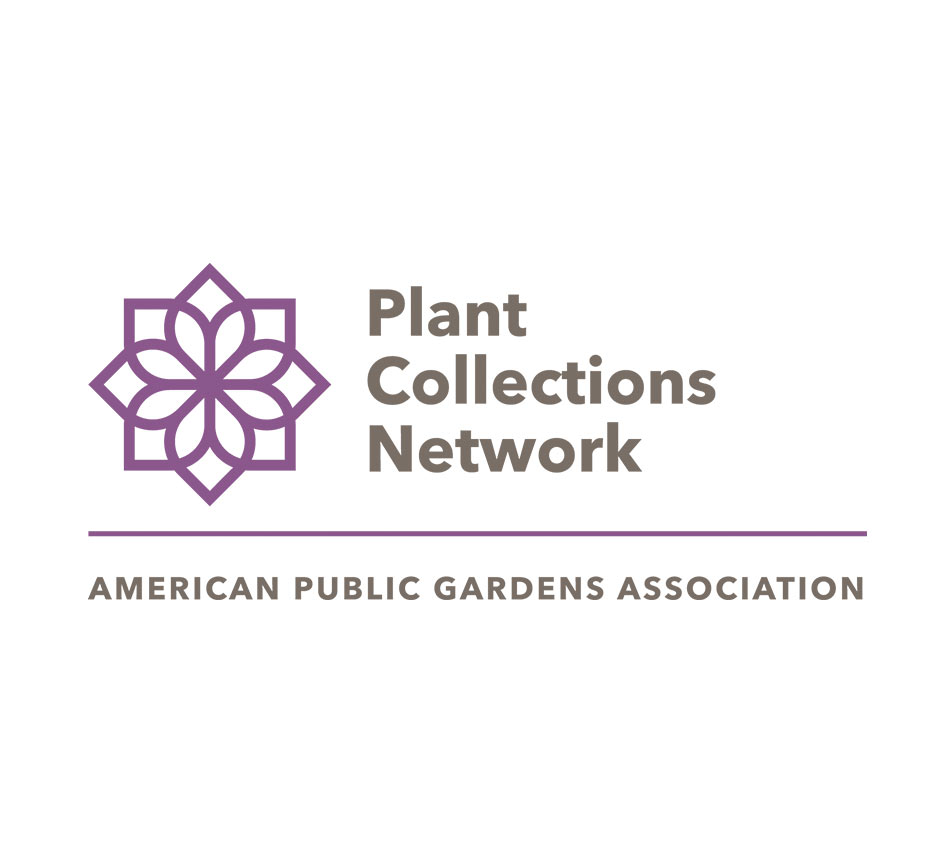Standards of Excellence in Plant Collections Management
Plant Collections Network, a signature program of the American Public Gardens Association, has articulated Standards of Excellence in Plant Collections Management.
Intended to be aspirational rather than prescriptive, these standards can serve as a “Compass for Progress” for all public gardens guiding a course toward continual improvement. They will help gardens set strategic goals, measure success, communicate the importance of collections management, and develop new cohorts of curators. Ultimately this will raise standards industry-wide, maximize collections use, and further the Association’s mission to serve and advance public gardens.

The Roadmap to Excellence

Readily applicable to any size organization, the standards are organized into four focus areas that can be applied to all types of public gardens and collections. These Standards of Excellence can be applied broadly to a garden’s entire plant collections program or focus on a specific high-priority collection.
Self Assessment Tool

A companion Self-Assessment Tool is now available to help you evaluate your organization’s current level of collections management. Use the results along with the Standards of Excellence to strategically strengthen your plant collections program. We’ve defined Key Terms below. Those seeking accreditation for a core collection are encouraged to conduct an internal self-assessment prior to applying to Plant Collections Network.
Categories for success
Plant Collections Network, a signature program of the American Public Gardens Association, has articulated Standards of Excellence in Plant Collections Management in four categories:

STANDARD 1: Plant collections reflect and support the institution’s mission, and long-range institutional plans.
STANDARD 2: Collections are well-defined, appropriate for the site’s growing conditions, facilities, and space, and can be realistically developed given institutional resources.
STANDARD 3: Plants within collection represent broad taxonomic and genetic diversity, with current holdings comprising a minimum of 50% of the stated collection scope.
STANDARD 4: Plants are acquired legally and ethically according to their collection’s stated purpose.
STANDARD 5: Plant species are of known wild provenance for greatest conservation value; cultivars are obtained directly or indirectly from breeder/introducer.

STANDARD 1: Thorough records are actively maintained for accessioned plants tracking what/where/how plants were obtained, their garden location, and any conditions regarding their acquisition, use, or distribution.
STANDARD 2: Durable accession tags and maps link plants in the collection to their documentation, and to any associated collections of images, herbarium vouchers, and DNA.
STANDARD 3: Periodic field inventories are conducted, records and maps updated, and missing/damaged labels replaced.
STANDARD 4: Records are kept of plant evaluations, verifications of identity and nomenclature, documented use, propagation, and distributions.

STANDARD 1: Reasonable access to the collections and their documentation are provided for researchers, breeders, and other professionals as well as the public, while ensuring the collection’s preservation and security.
STANDARD 2: Collection records are shared online through databases to maximize use and facilitate coordination with other collection holders.
STANDARD 3: Plant collections are utilized throughout the institution for education engagement, evaluation, research, and/or conservation.
STANDARD 4: The institution commits to strengthening staff expertise through ongoing professional development and study of the collections.
STANDARD 5: Strategic partnerships with outside experts, relevant plant societies, and other public gardens are leveraged to maximize collection use and ensure relevance.

STANDARD 1: Living plant collections are: maintained for optimum health, and monitored for pests, diseases, and potential invasiveness.
STANDARD 2: High priority collections are safeguarded, documentation frequently backed up offsite, and a disaster plan provided for rapid response and triage of the collection.
STANDARD 3: A recently approved collections policy and development plans for each collection guide decision-making; prioritized maintenance standards and management procedures govern collections care.
STANDARD 4: Long-term institutional support is provided to maintain an active collections program with sufficient funds for acquisitions, documentation, maintenance, and professional curation.
Key Terms
The Plant Collections Network has developed a set of key terms that are commonly used.
A plant or group of plants of identical parentage from one source at the same time, assigned a number or code to track in a plant records system.
Defined assemblages of plants within a garden’s overall inventory of plants. The scope of these collections could be taxonomic, floristic, conservation, historic, thematic, or some other defined group.
Each named taxon represented by one or several plants, without relation to representative sampling of wild populations.
A core document intended to guide collection development and assessment to support the garden’s mission and programs. Typically establishes a management process indicating who is involved in decision making and oversight. Specific elements often include: collections mission, collections scope, acquisitions, documentation standards, deaccession/ disposal standards, invasiveness, access/intellectual rights/ethics.
The acquisition, accessioning, and stewardship of plants and their associated documentation to form a professionally managed collection in support of an institution’s mission.
The quality of being outstanding or extremely good
Synonyms: distinction, quality, caliber, skill, accomplishment, merit
Something used as a measure, norm or model in comparative evaluations
The original source of an acquired plant, which could be an individual, institution, nursery, or wild population.
A group of plants that form a named unit, which could be a genus, species, or cultivar as familiar taxonomic rankings.




